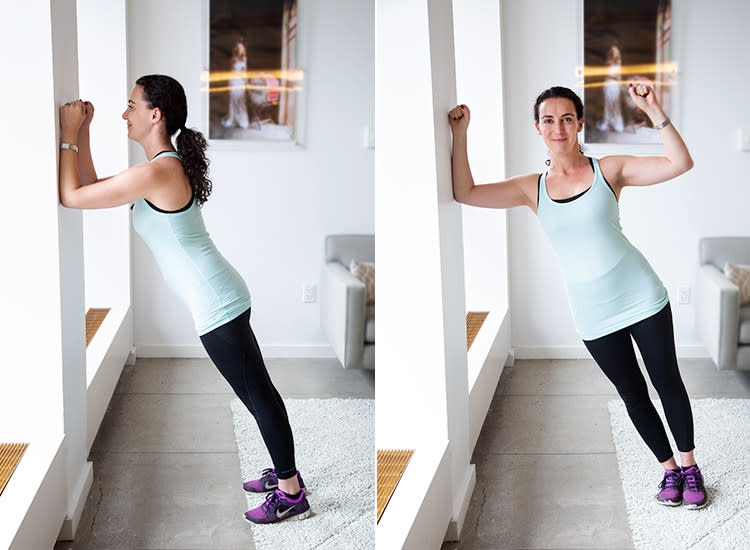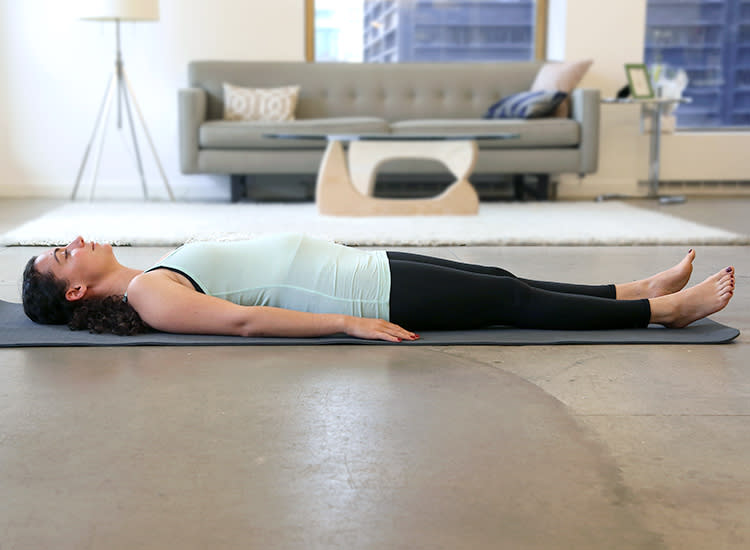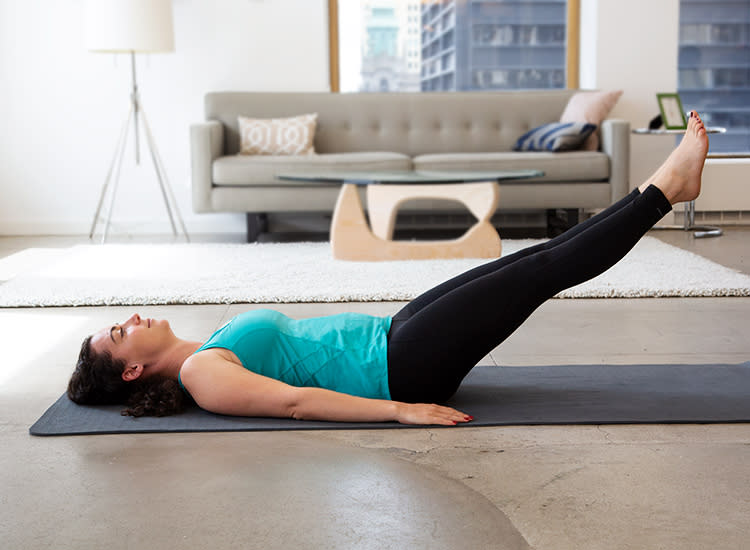When a mother intends to do postnatal exercise in a safe way, there are some factors to consider. A woman’s body goes through a lot of changes, especially after a cesarean section. With that in mind, we have gathered the main information about the subject. Make sure you don’t miss it!
After having a baby, many mothers wish to get back into exercise, whether for health, wellbeing and/or to get their body shape back. However, knowing when and how to safely begin postnatal exercise is very important. The changes affect every part of a woman’s body, so there’s a lot to consider. Learn more in this post.
When to do postnatal exercise
The pregnancy and recovery of each mother are different. Normally, it’s possible to get back into exercise 15 days after a vaginal delivery and 42 days after a cesarean section. In both cases, simple exercises are the most suitable, such as yoga, walking, breathing, and exercises that involve your own body weight. They help to adjust the posture and normalize muscle tension.
It’s important to highlight that it’s necessary to wait for the incision to cease bleeding and heal enough, in addition – of course – to discuss with your doctor your exercise plans.
The key here is that everything is done gradually, with an emphasis on the basic moves before progressing to weights or impact exercises. In case you notice bleeding, pelvic pressure, urinary incontinence, or pain, you may be exercising too soon. In this case, slow down your rhythm and talk to your doctor to find out what’s going on.
Breastfeeding interference
There’s no problem at all in exercising if you are breastfeeding. As long as you keep yourself hydrated, there’s no negative impact on the quantity or quality of the milk. In order to keep yourself hydrated, try to start the day by drinking water and keep it always within reach throughout the day. Drinking only when you’re thirsty is usually enough. There’s no need to force yourself.
Try to exercise after breastfeeding, especially to keep yourself comfortable and able to move freely. A good sports bra during the exercises is also essential, and usually gives the necessary support the breasts need.


Photo: Pinterest
Some recommended postnatal exercises
Wall plank
As a postnatal exercise, this is the best one for those who have a diastasis or are recovering from a cesarean section. Stand in front of a wall with your feet 60cm (23”) away from it. Rest your forearms against the wall so that you are in a standing plank position. Slowly rotate your body outwards into a side plank position. Hold for two counts until you get back to the initial position and switch sides. Do 10 moves on each side.


Photo: Pinterest
Diaphragmatic Breathing
Lie on your back on a mat with your legs extended and arms relaxed at your sides. Breathe in slowly and fill your belly. Then breathe out all the air while pressing your lower back against the floor. It’s a good postnatal exercise and brings relaxation.


Photo: Pinterest
Leg lifts
Lie on your back on a mat. Lift both legs together upwards, creating a 90° angle from the waist. Breathe in and slowly lower your legs as far as you can. Breathe out and lift your legs again. Do 10 repetitions. That will help to strengthen the deep pelvic floor muscles and the transverse abdominal muscles.


Photo: Pinterest
Bridge
Lie on your back on a mat, with your feet planted on the floor and knees bent. Squeeze your glutes and abs, lifting your hips and keeping your shoulders on the floor. Hold the position and breathe through your belly. Then, lower your hips. Do 10 repetitions. This exercise is great for working out your glutes and abs.


Photo: Pinterest
Did you enjoy our post about postnatal exercise? Sign up for our newsletter to get more tips like these!



